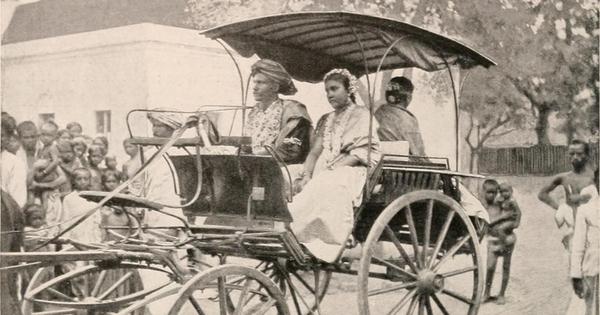Vedic society was pastoral. When the agrarian economy of the Harappan civilisation disappeared, a mere cattle economy took its place in the Rig Vedic period. It needs common sense to realise that without an advanced cattle and agrarian economy, Harappans could not have built such sprawling cities. In the Vedic period, there was no urban civilisation. It was a pastoral economy coupled with the division of society into graded varnas.
Shudras were the main cattle-grazers, and Vaishyas, it appears, were the supervisors. Perhaps some kind of fieldwork culture was present amongst the latter at that time. But they too do not participate in agrarian production work any more. Brahmins and Kshatriyas, even then, stayed totally away from production and agrarian and cattle-rearing work.
However, these three castes that are known as Dwija (twice-born) castes share many common rights in the Hindu religion. Shudras do not have basic rights in Hindu society, though they are said to…
